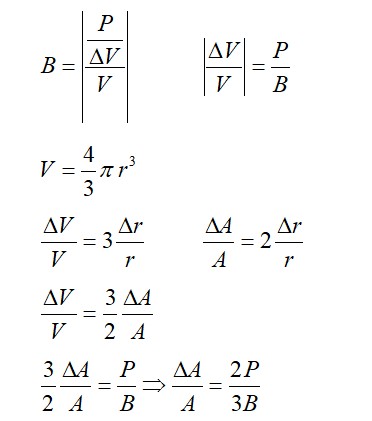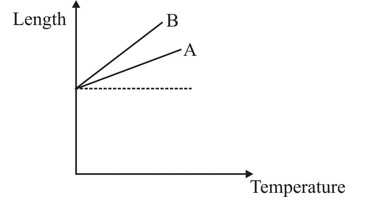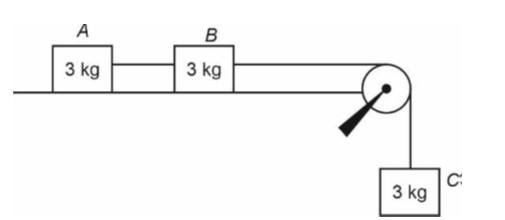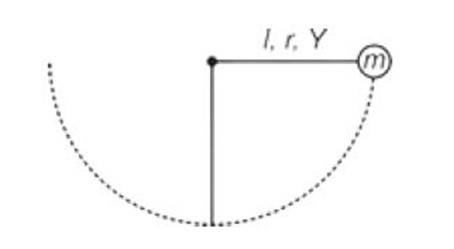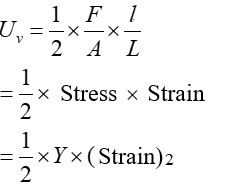Physics Mechanical Properties of Solids
Get insights from 60 questions on Physics Mechanical Properties of Solids, answered by students, alumni, and experts. You may also ask and answer any question you like about Physics Mechanical Properties of Solids
Follow Ask QuestionQuestions
Discussions
Active Users
Followers
New answer posted
a month agoContributor-Level 10
Young's modulus is property of material of wire and it is independent of geometrical factors.
New answer posted
a month agoContributor-Level 10
E =
As temperature increases, strain increases
Elasticity decreases
New answer posted
2 months agoTaking an Exam? Selecting a College?
Get authentic answers from experts, students and alumni that you won't find anywhere else
Sign Up on ShikshaOn Shiksha, get access to
- 65k Colleges
- 1.2k Exams
- 679k Reviews
- 1800k Answers

